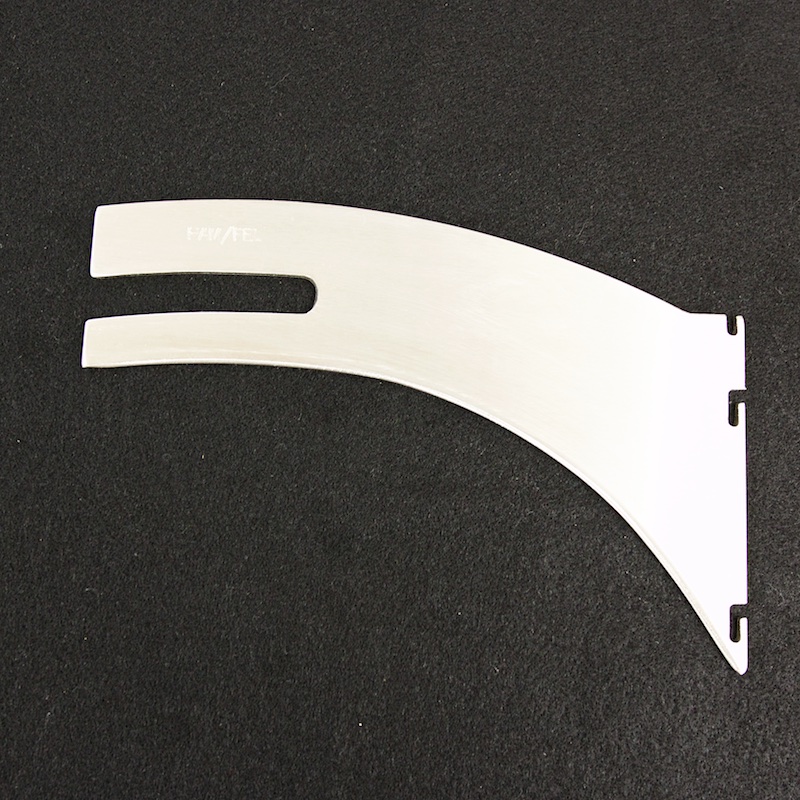Best option is to make a set of ZCIs for each common blade height. One with the blade set for 1/4 stock, 3/4 etc. That way you can glue in a splitter right behind the blade with no more than 1/8 clearence. You can make them for thin and thick kerf blades. If the splitter is wood, easy to trim just raising the blade. I went the expensive route upgrading from old contractor saw to newer cabinet saw. Not an option for everyone I know. I use a feather board to hold stock against the fence when I can that reduces the tendency for a push stick to skew the stock.
Please, never do a through cut without a riving knife or a splitter no more than 1/8 inch behind the blade. All that "been doing it for years" are exactly the largest group of folks with serious accidents.
Of course, a few horror stories can often convince the house "boss" that a nice new PCS is cheaper than the inevitable accident and a real necessity. They are called accident's after all. Excluding the Darwin Principal as there is no known prevention for that other than letting nature take it's course.
Please, never do a through cut without a riving knife or a splitter no more than 1/8 inch behind the blade. All that "been doing it for years" are exactly the largest group of folks with serious accidents.
Of course, a few horror stories can often convince the house "boss" that a nice new PCS is cheaper than the inevitable accident and a real necessity. They are called accident's after all. Excluding the Darwin Principal as there is no known prevention for that other than letting nature take it's course.


